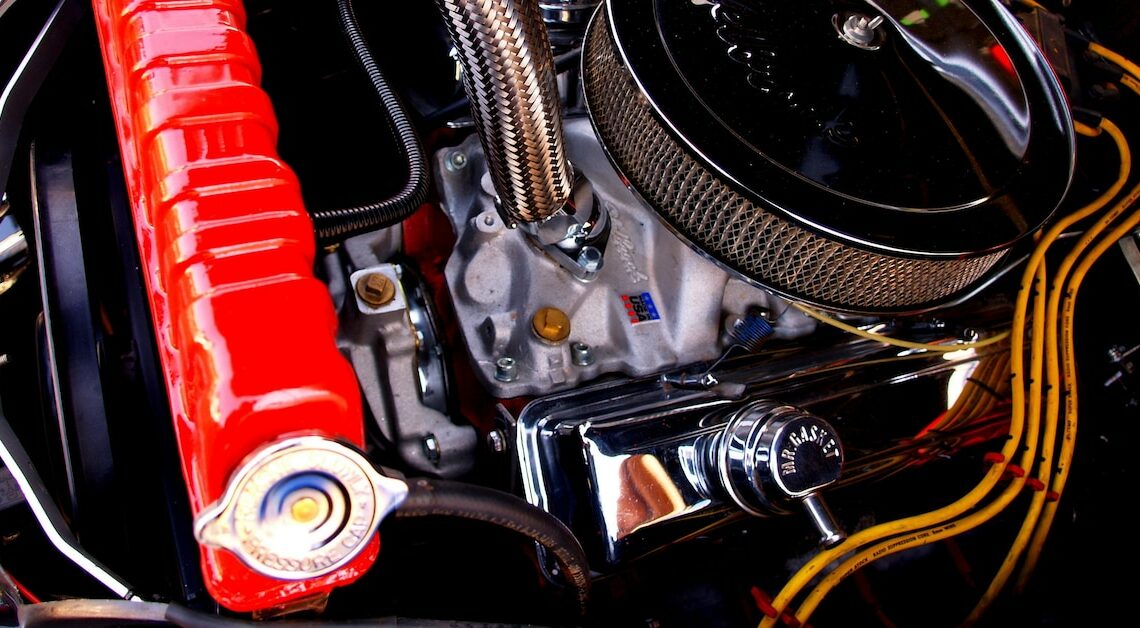
You should check or replace the ignition cable frequently to optimize engine performance. This can be done in 8 simple steps.
Test and check ignition cable
The ignition cable is one of the simple but important components of the engine. It conducts electricity to the spark plug produced by the ignition coil. The contact wire can come loose if the ignition cable is exposed to vibration or heat. Checking the ignition cable regularly can prevent radio interference or misfiring.
- Symptom check: When you should change a defective ignition cable, you can easily tell by telltale signs such as misfiring, erratic idling, radio interference, sudden high fuel consumption or an error code on the display.
- Cable: Light up and inspect the spark plug wires. Look for defects and inspect the insulation. Check for heat damage to the engine (burn marks) and corrosion between the spark plug, coil and connection.
- Start engine: During this time, listen out for snapping noises or ignition arcs. These could indicate a high voltage leak.
- Test: Ground a screwdriver using a jumper wire. Then pull it along each individual spark plug, around the connections and also around the coil. A defective cable is present if you can see an arc from the screwdriver to one of the cables.
- Spray water: Use a spray bottle to spray normal water onto the wires and spark plugs. If sparks spray, you should turn off the engine and remove the connector from the spark plug. A check is made to see whether the spark plug needs to be replaced.
- To perform the spark plug wire resistance test: The repair book provides information about what the resistance value of the spark plug should be. You can use an ohm meter to check whether the recommendations in the book match the resistance of the cable. To do this, the sensors are placed together at one of the ends of the cable.
- Inspect spring clips: You attach the cables to the distributor cap. If the clips are damaged, they can cause the ignition cable to slip. It is then no longer in the correct position. Either replace the brackets or reattach them.
- Route of the ignition cables: Ignition cables must run correctly. Please also refer to the manual to see how this process should be carried out. If the connections are crossed, energy can be lost.
Use additional tips for the exam
Please also note the following information when checking ignition cables:
- Only remove and reconnect one cable at a time.
- Please note that your engine may have a Coil-On-Plug (COP) configuration. These do without ignition cables, despite the connection still being present.
- Some manufacturers intentionally cross ignition cables to prevent magnetic fields.
- Always keep ignition cables clean. This way, power losses can be avoided.
